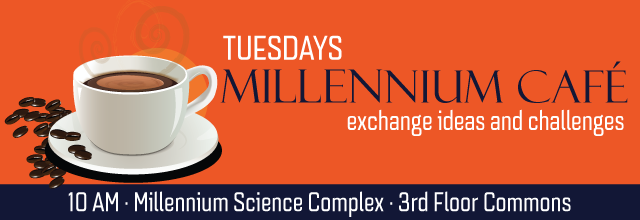
A prelude in its broadest musical sense is an “opener” or introduction. Preludes can be the first movement of a suite, the first piece of a larger thematic concert, a fanfare, a standalone performance-the list goes on. Since the brass quintet literature has so many great arrangements, our program consists of all openers! We’ve selected pieces that span musical genres and time periods including baroque, romantic, American traditional, folk song, and swing.
EMS Graduate Student Brass Quintet
